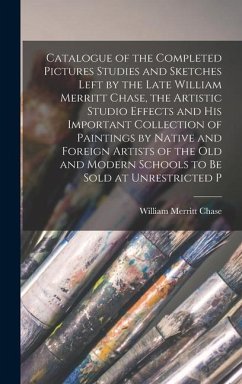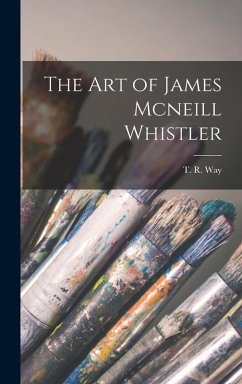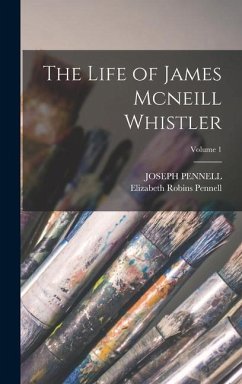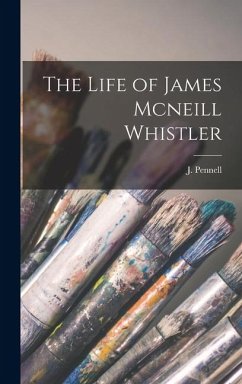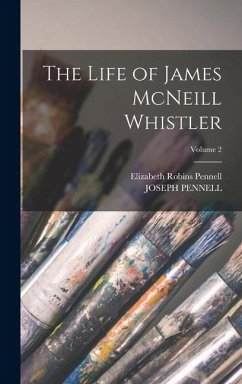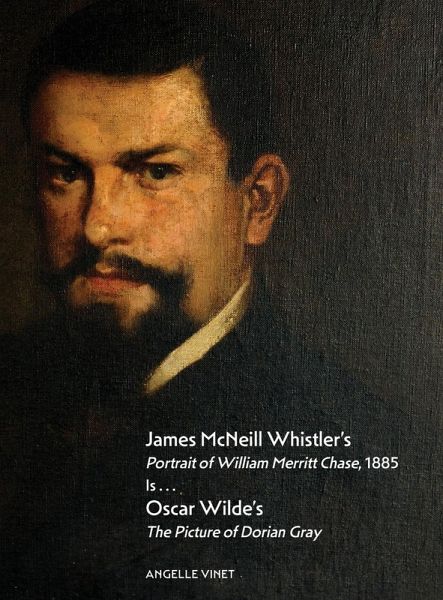
James McNeill Whistler's Portrait of William Merritt Chase, 1885 Is...Oscar Wilde's The Picture of Dorian Gray
Versandkostenfrei!
Versandfertig in über 4 Wochen
59,99 €
inkl. MwSt.

PAYBACK Punkte
30 °P sammeln!
Nothing prepares one for the immediacy of James McNeill Whistler's Portrait of William Merritt Chase, transfixing the viewer in stasis. Whistler adopted a synthesis from the grandeur of the Venetian Renaissance with the Baroque and realized a portrait dialogue of light and oneness recorded the psychological nobility of nineteenth century male persona. On September 1, 1885 Whistler announced to Chase, "The world will have to wait a little longer," and in 1888, placed this portrait with British diplomat to Berlin, James Rennell Rodd into a hidden location. A trustworthy diplomat, Rodd shared a h...
Nothing prepares one for the immediacy of James McNeill Whistler's Portrait of William Merritt Chase, transfixing the viewer in stasis. Whistler adopted a synthesis from the grandeur of the Venetian Renaissance with the Baroque and realized a portrait dialogue of light and oneness recorded the psychological nobility of nineteenth century male persona. On September 1, 1885 Whistler announced to Chase, "The world will have to wait a little longer," and in 1888, placed this portrait with British diplomat to Berlin, James Rennell Rodd into a hidden location. A trustworthy diplomat, Rodd shared a history with Whistler as a victim of Wilde's plagiarism. This portrait is Oscar Wilde's, The Picture of Dorian Gray, published in 1890. Wilde's only novel was meant to be an insult after Whistler's public chastisement in his "Ten O'clock," lecture, claiming back the words Wilde had stolen. Wilde's plagiarism of Whistler's artistic ideology was the antecedent to Whistler's public humiliation of Wilde. Whistler was not about to let Wilde steal his Portrait of William Merritt Chase, and made Chase the scapegoat, calling his portrait of him a "monstrous lampoon." Support from earlier historical documentation and scholarship complete this manuscript, and will identify this portrait is a document of Whistler's genius an amalgamation from antiquity, the Old Masters and Japanese painting. Diego Velazquez was Whistler's muse, recorded in his paintings, portraits and personal photographs, although there is more than Velazquez as Rembrandt and earlier Old Masters are documented in his masterpiece. Historical documentation, earlier scholarship, scientific evidence, follower's portraits and foremost Whistler's hand was recorded in his Portrait of William Merritt Chase as no other artist painted in his individual style.



